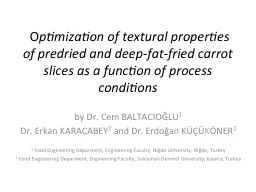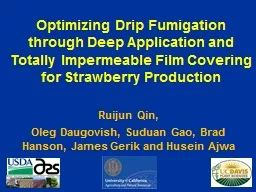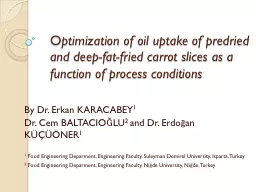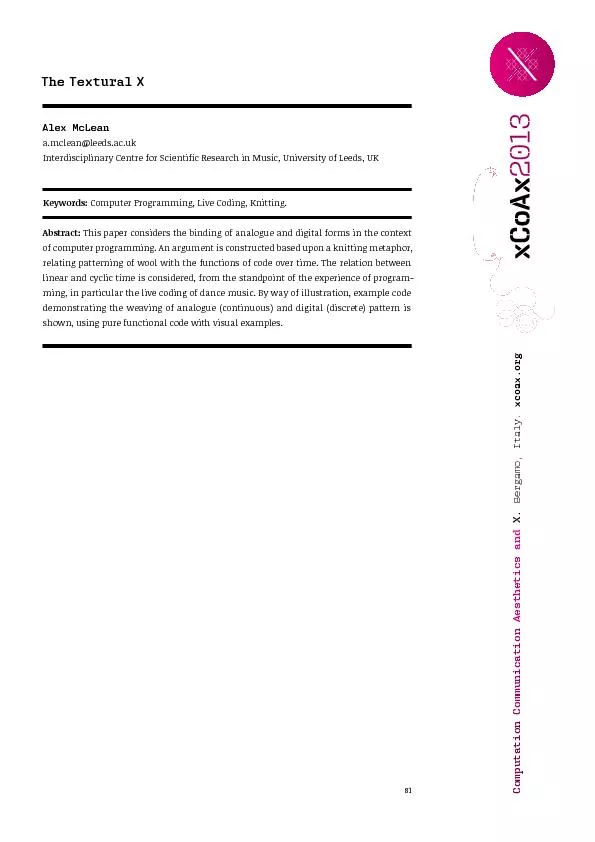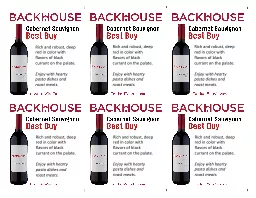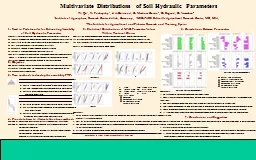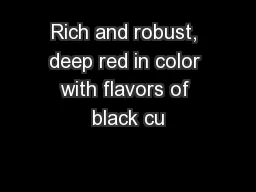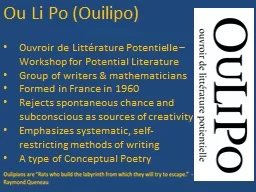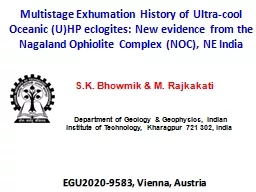PPT-O ptimization of textural properties of predried and deep-
Author : min-jolicoeur | Published Date : 2017-04-25
b y Dr Cem BALTACIOĞLU 1 Dr Erkan KARACABEY 2 and Dr Erdoğan KÜÇÜ K ÖNER 2 1 Food Engineering Deparment Engineering Faculty Niğde University Niğde
Presentation Embed Code
Download Presentation
Download Presentation The PPT/PDF document "O ptimization of textural properties of ..." is the property of its rightful owner. Permission is granted to download and print the materials on this website for personal, non-commercial use only, and to display it on your personal computer provided you do not modify the materials and that you retain all copyright notices contained in the materials. By downloading content from our website, you accept the terms of this agreement.
O ptimization of textural properties of predried and deep-: Transcript
Download Rules Of Document
"O ptimization of textural properties of predried and deep-"The content belongs to its owner. You may download and print it for personal use, without modification, and keep all copyright notices. By downloading, you agree to these terms.
Related Documents

